Black Forest Ham PGI
Black Forest ham is known far beyond Germany's borders—and rightly so, in our opinion. The ham captivates with its unique, characteristic flavor: a blend of smokiness, slightly salty, and full-bodied—a true delight.
Black Forest ham is made from the leg . We use only meat from our own herb-cured pigs . The ham pieces are hand-salted with mountain salt and rubbed with our own secret spice blend. They are then layered in special curing containers, where the ham matures for several weeks. After the curing process, it is removed from the brine and stored in a dry place.
In the next step, the meat is gently smoked in our smokehouse for around two weeks at around 25 degrees in cold smoke with spruce and fir wood as well as fir branches.
After smoking, the Black Forest ham is stored in dry, climate-controlled rooms for at least three months to mature. This is the only way to achieve its distinctive, strong aroma , unmistakable red color , and dry, firm consistency.

What does PGI mean?
The PGI designation stands for " Protected Geographical Indication ." For genuine Black Forest ham to be produced, it must be cured and smoked in the Black Forest. Only then does it receive the blue EU Protected Geographical Indication seal . This quality control and protective measure is monitored and protected by the Black Forest Ham Producers' Association .
Raising our herb pigs
Our pig farm is located in the picturesque Markgräflerland region, on the Engler family farm. Home to the first pig hotel in southern Baden since 2019, the pigs enjoy life on straw, have ample space to roam in an outdoor area, and live in an animal welfare barn where animal welfare and profitability are harmoniously balanced. The older barns are being gradually renovated to meet the high standards of the pig hotel, ensuring the highest animal welfare standards.
Every three weeks, we receive around 240 piglets, which are raised on the farm using local grain and corn from our own harvest. They reach slaughter age at around seven months. Our slower fattening method, compared to the usual five-month turbo fattening, results in higher-quality, drier meat.
Unlike industrial pig production, where animals are frequently relocated, leading to increased susceptibility to disease and often requiring the use of antibiotics, our closed system enables production without antibiotics.
While conventional pork undergoes an average of six to seven stages before reaching the consumer, our meat reaches the final consumer after only two. The end result is a top-quality product at a fair price, guaranteeing a secure income not only for the consumer but also for farmers and butchers. Our slaughter requirement is approximately 100 pigs per week, 20 of which come from nearby partner farms.
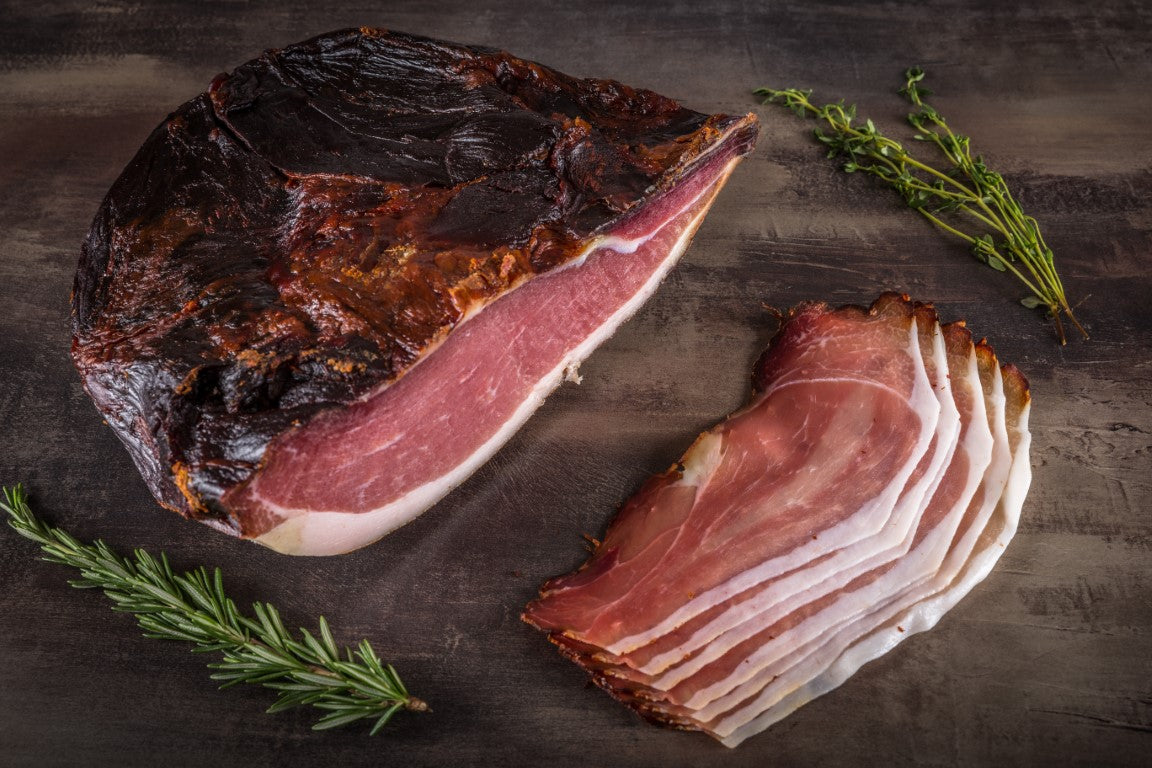
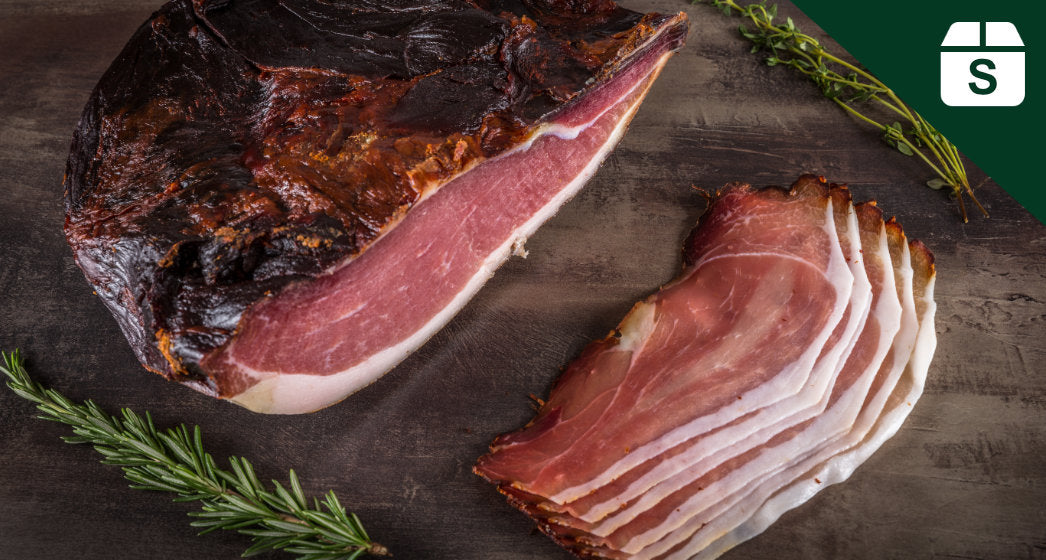
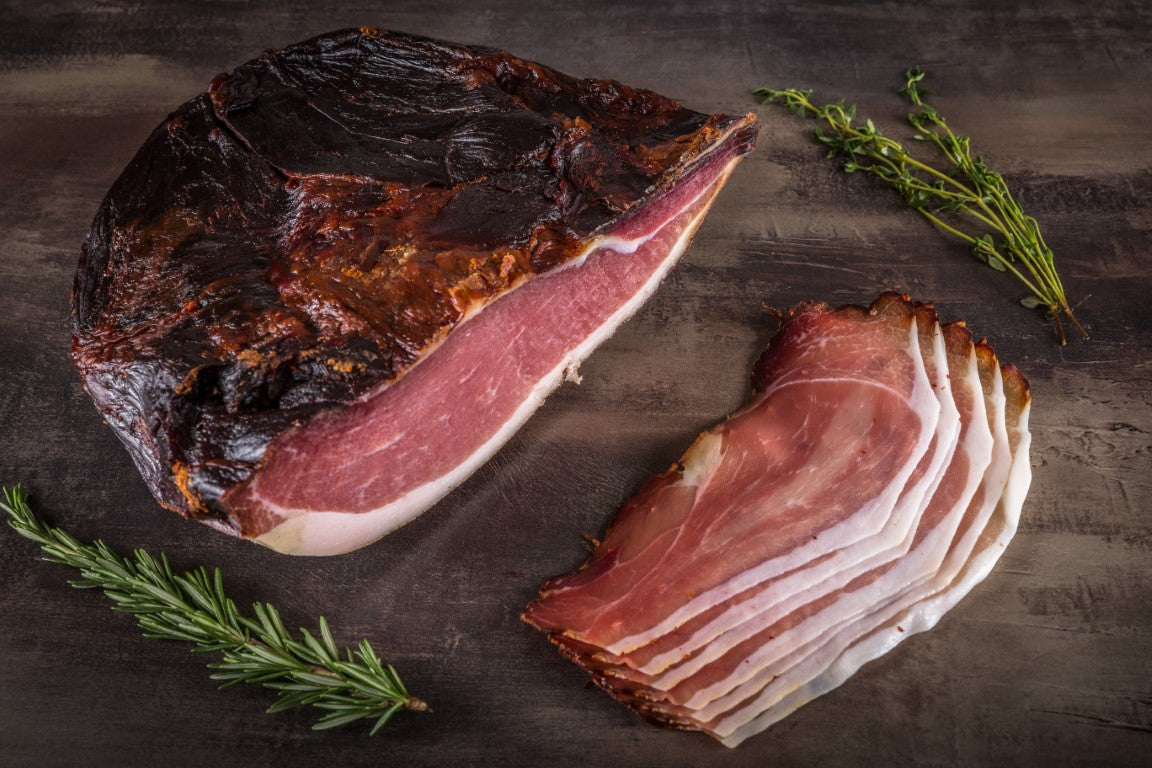
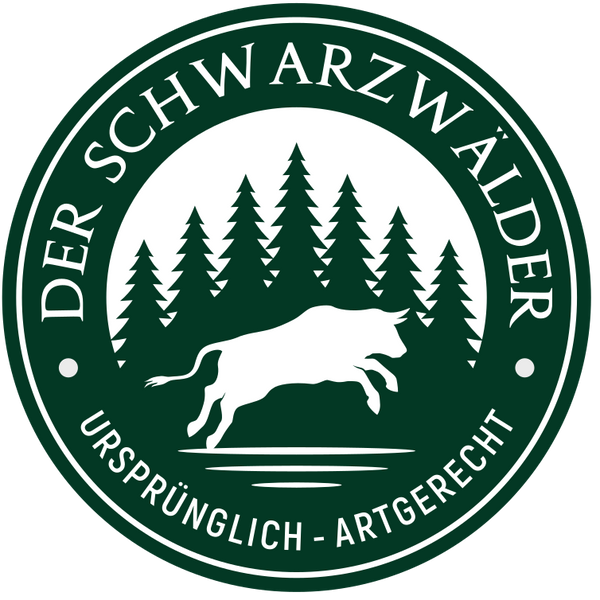

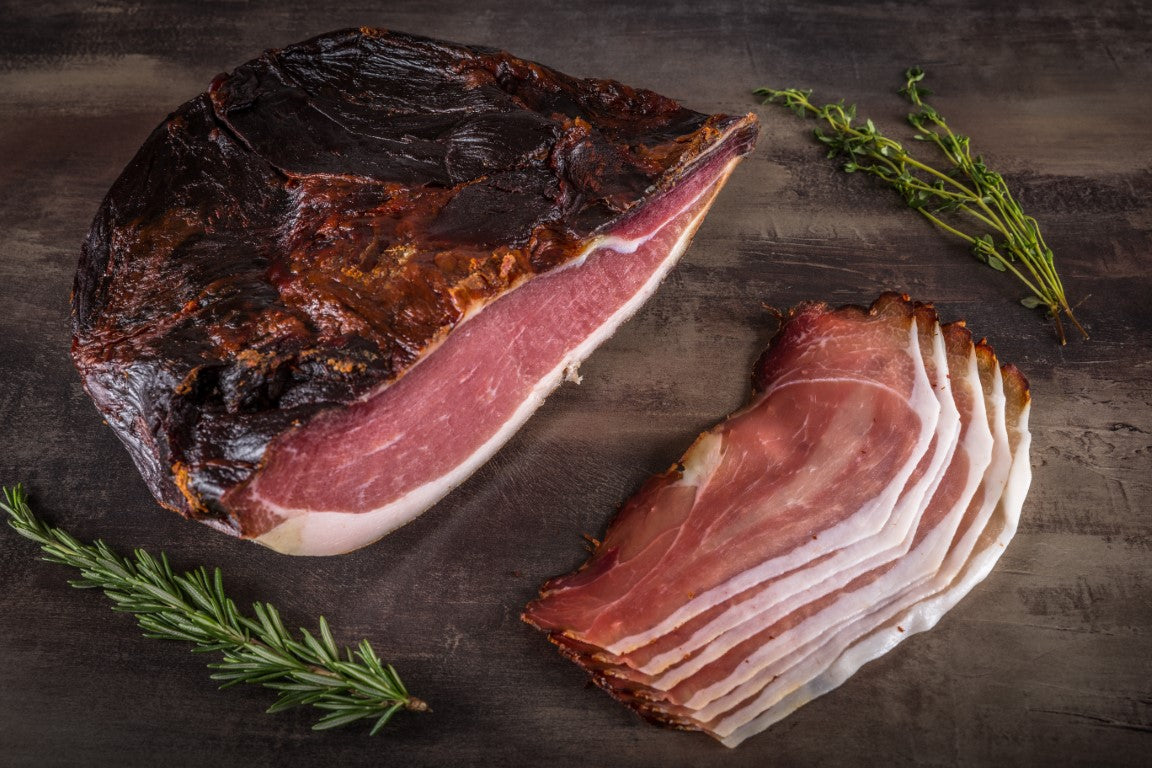
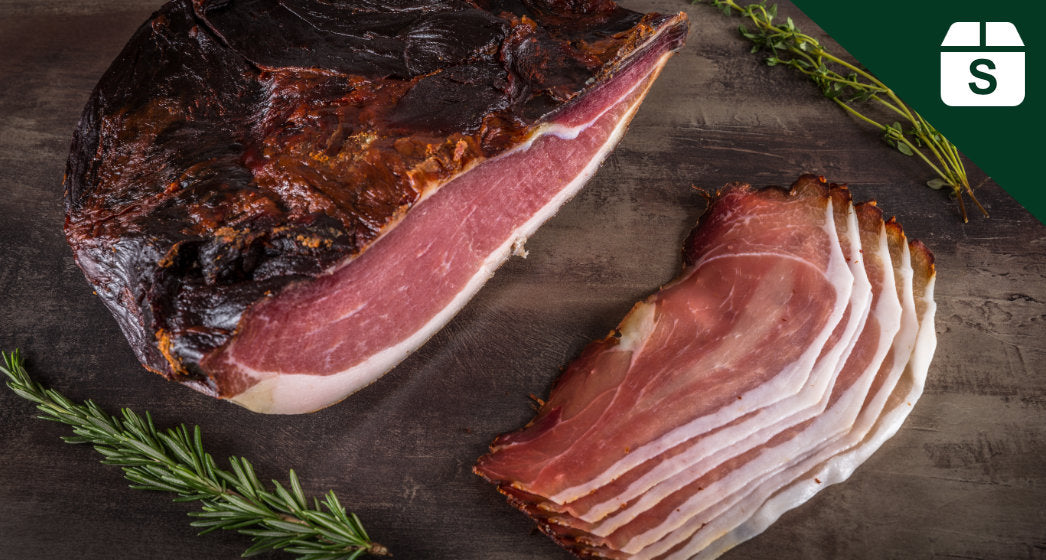
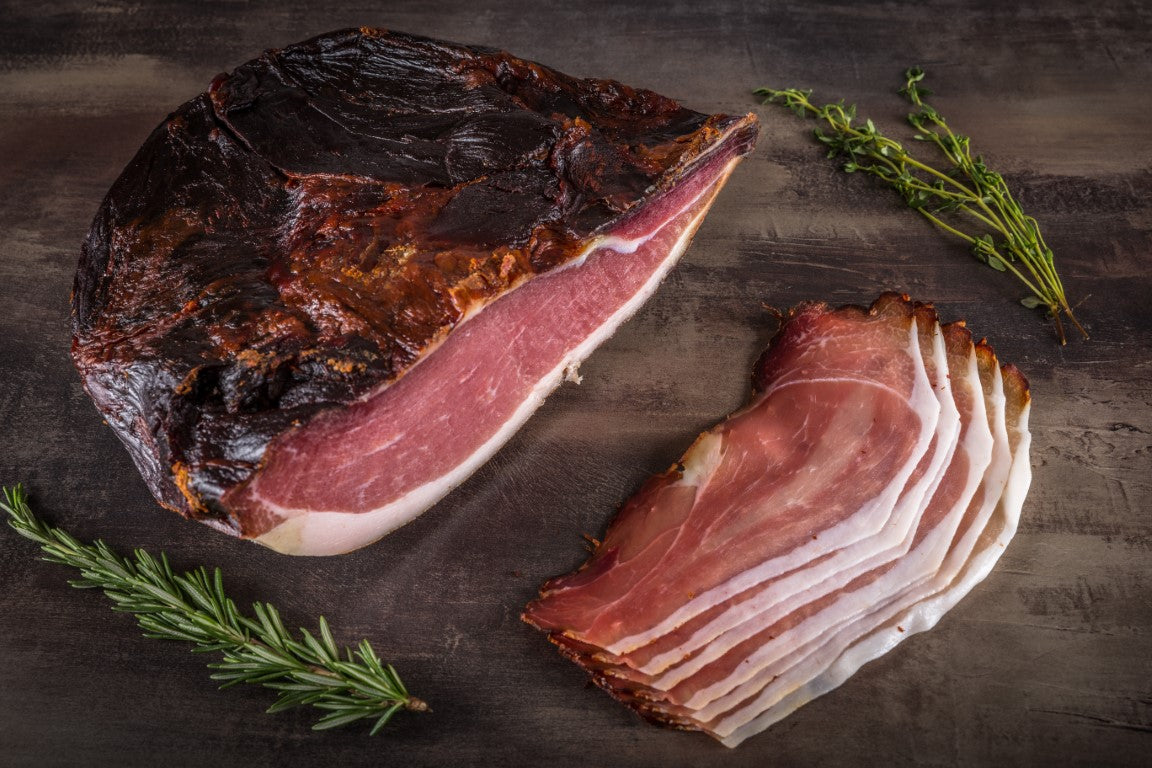
 Aus eigenem & Partner Viehbestand
Aus eigenem & Partner Viehbestand Dienstags und Donnerstags Versandtag
Dienstags und Donnerstags Versandtag
